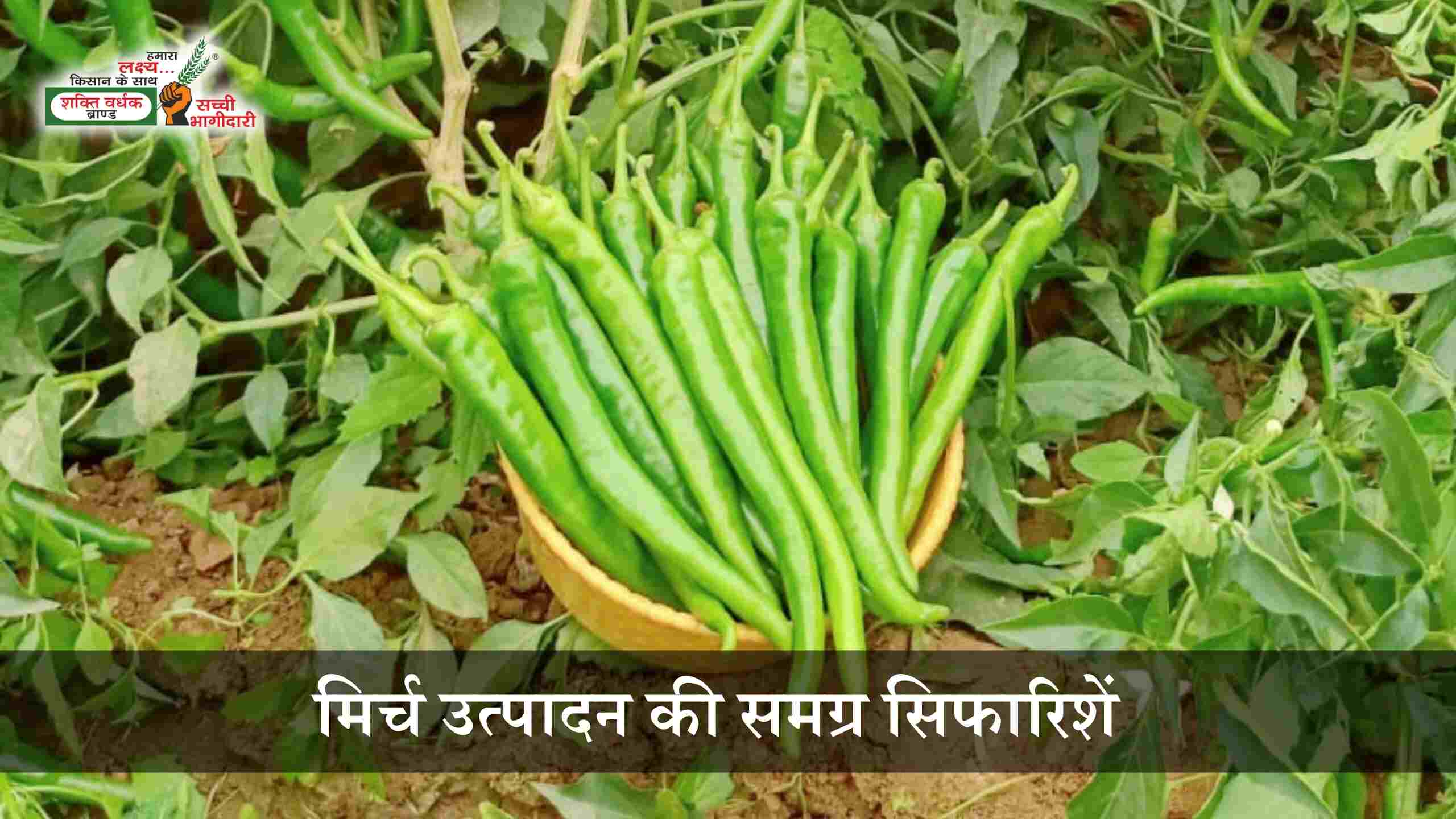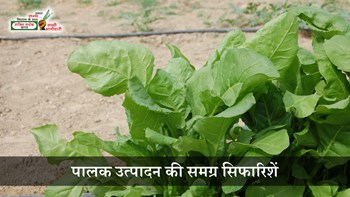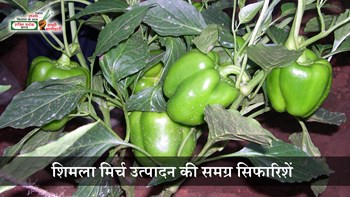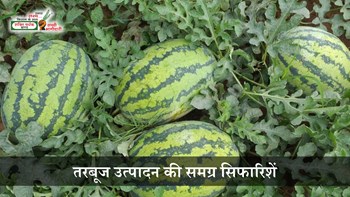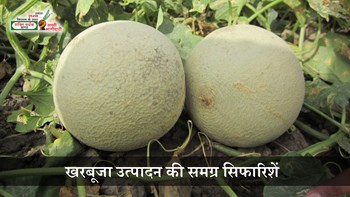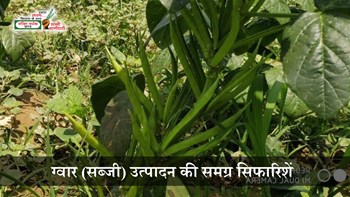Ideal Soil for Chilli Farming
Chilli grows best in well-drained loamy soil rich in organic matter, with a pH between 5.5 and 6.8. Avoid waterlogged and clay-heavy soils to prevent root diseases.
Best Time for Sowing Chilli (By Region)
| Region | Sowing Time |
|---|---|
| Hilly Areas | March–April |
| Western Plains | January, February, May, June |
| Southern Plains | June, October–November, February |
| Northern Plains | June to August, November to January |
| Eastern Plains | December–January, March–April |
| Central India | May–June, November–December |
Note: Sowing time may vary slightly depending on local climate. Kharif season sowing generally gives better yield.
Seed Rate and Spacing
-
Seed rate: 250–300 grams per hectare
-
Spacing: Row-to-row – 60 cm, Plant-to-plant – 45 cm
Nursery Preparation
-
Prepare 7 raised nursery beds, each 5 m long, 1 m wide, and 15 cm high for 1 acre plantation.
-
Two days before sowing, treat beds with Captan or Thiram (2 g/liter) to prevent seedling diseases.
-
Sow seeds at a depth of 0.5 cm and irrigate regularly.
-
On the 10th and 20th day, spray nursery with Nuvan (1.5 ml/liter) or Rogor (2 ml/liter) + Dithane M-45 (2.5 ml/liter).
-
During cold weather, cover beds with a polythene tunnel to ensure better germination, and remove it after sprouting.
Manure and Fertilizer Application
-
Apply 15–20 tons of well-decomposed FYM per hectare at land preparation.
-
Use NPK as per the following schedule (kg/hectare):
| Growth Stage | Nitrogen (N) | Phosphorus (P) | Potash (K) |
|---|---|---|---|
| At Transplanting | 40 | 100 | 100 |
| 20 Days After Planting | 40 | — | — |
| Before Flowering | 40 | — | — |
| After First Harvest | 40 | — | — |
| Total | 160 | 100 | 100 |
Weed Control
-
Apply Pendimethalin (Stomp 30%) @ 3.25–4.25 liters/ha 3–4 days after transplanting to suppress weed growth.
Transplanting
-
Use 4–6 week-old healthy seedlings (with 4–5 leaves).
-
During monsoon, transplant on ridges for better drainage.
-
At transplanting, spray a solution of Ammonium Sulphate + Potassium Nitrate (2:1 ratio) using 1.36 kg mix in 270 liters of water for better plant establishment.
Irrigation
-
Water the field as per crop requirement, ensuring the soil remains moist but not waterlogged.
Plant Protection Schedule
| Days After Transplanting | Treatment |
|---|---|
| 15 Days | Spray 2 g Dithane M-45 + 1.5 ml Nuvan per liter of water |
| 30 Days | Spray 1 g Derosal + 2 ml Rogor/Hostathion per liter of water |
| 45 Days | Spray 2 g Kavach + 1 ml Decis per liter of water |
| 60 Days | Spray 1.5 g Sulfex + 2 ml Spark per liter of water |
| 75 Days | Spray 1.5 ml Cymbush per liter of water |
Important Tip: To improve fruit size, yield, and color, prune side branches up to 7–9 cm height from ground level. Avoid pruning weak plants.
Special Tips for Better Yield
-
To prevent flower drop, spray Planofix (1 ml in 4 liters of water) at flowering stage. Repeat after 3 weeks.
-
To control whiteflies naturally, plant marigold flowers around the field as trap crops.
Common Pests & Their Control
-
Aphids, thrips, jassids:
Apply Thimet (Phorate) @ 12.5 kg/ha for 21-day protection.
Spray Endosulfan, Metasystox (2 ml/liter) -
Whitefly:
Spray Triazophos (Hostathion) @ 2–3 ml/liter -
Fruit borer:
Remove damaged fruits manually.
Spray Quinalphos (2.5–3 ml/liter), Malathion (3 ml/liter), or Carbaryl (3 g/liter) -
Ash weevil:
Apply Carbofuran 3G @ 20 kg/ha 15 days after transplanting -
Mites:
Spray Dicofol (Kelthane) 2.7 ml or Sulphur 3 g/liter -
Nematodes (Root knot worms):
Apply Carbofuran (Furadan) 3G – 20 kg/ha or Phorate 10G – 12.5 kg/ha
Major Diseases
-
Blight: Spray Mancozeb (Dithane M-45) @ 2.4–3 g/liter
-
Fusarium wilt: Practice crop rotation every 4–5 years
-
Viral complex: Manage vector insects (whiteflies, aphids) effectively
Use high-quality systemic and contact pesticides from reliable brands for controlling sucking pests and leaf-eating caterpillars.
Disclaimer
All the above recommendations are based on findings from agricultural research centers. Crop performance depends on soil health, weather, pest and disease pressure, and crop management practices. Results may vary accordingly. Farmers are advised to consult their local agriculture department for region-specific guidance and adopt practices suited to their climate and soil.
